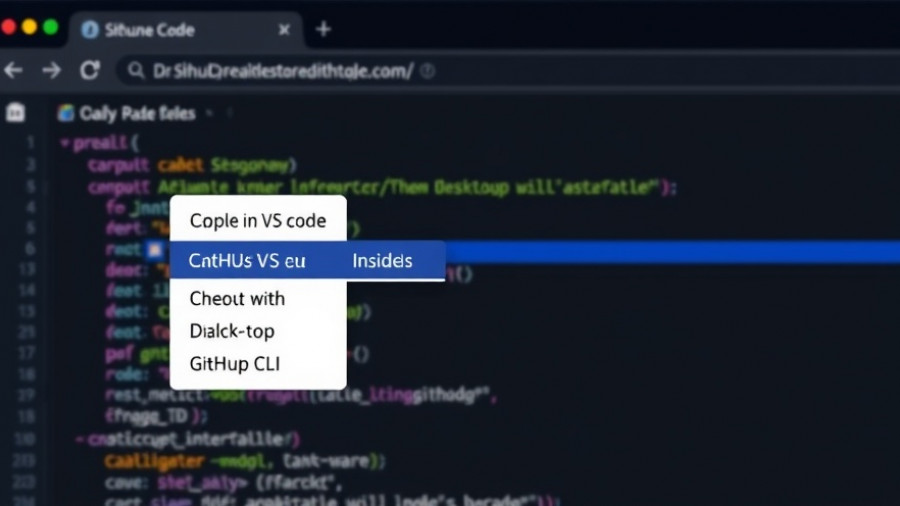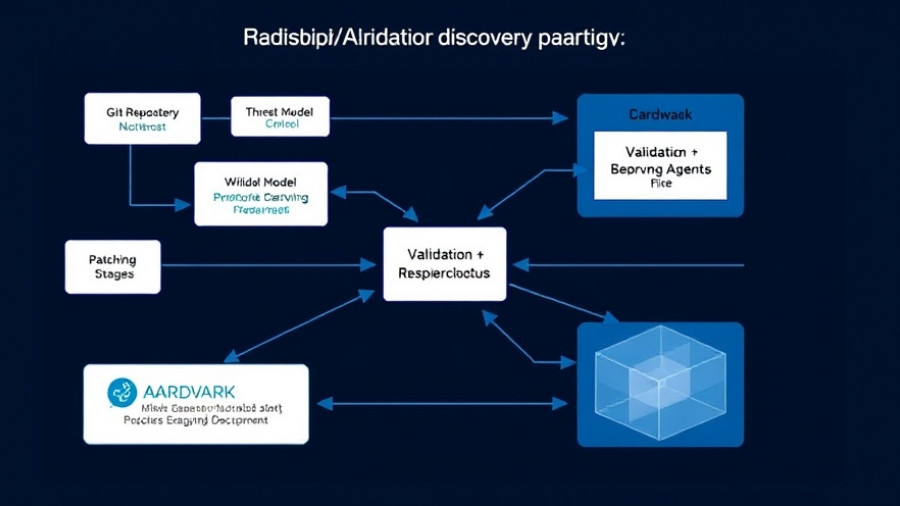
The Hidden Threat: How AI Agents Can Compromise Security
In an age where artificial intelligence (AI) agents are rapidly being integrated into our daily operations, a looming security crisis remains largely unaddressed. Jacob Ideskog, CTO of Curity, brings to light critical concerns about the potential dangers these non-human identities pose to enterprise systems. As we delve into this important topic, we discover insights that could help organizations stay ahead of potential threats.
Understanding the Rise of AI Agents
AI agents are becoming increasingly prolific in enterprise environments, often surpassing human users at a staggering ratio of 80 to 1 in some cases. These powerful tools are granted persistent access to sensitive systems and data, yet security measures often applied to human accounts are absent. Ideskog warns that this lack of oversight can lead to misuse and data breaches. We are witnessing a trend where the worst fears of unchecked AI capabilities loom larger by the day.
Echoes from the Past: API and Cloud Security Mistakes
The protests from Ideskog about “sleepwalking into” a security crisis reflect sentiments reminiscent of the early days of API and cloud adoption. Back then, organizations were quick to expand without a comprehensive understanding of the resulting security implications, leading to widespread vulnerabilities. As companies rush to implement AI agents, there's a palpable risk they’re repeating the same mistakes; not evaluating potential failure points or how these agents might be manipulated.
Existing Oversights: The Blind Spot in AI Agent Security
Many organizations integrate AI systems without adequate safeguards. Some treat powerful agents like simple chatbots, neglecting essential practices like monitoring and logging. With no clear definition of acceptable outputs from AI, the consequences can be dire. The combination of behavior, language, and context in AI presents unique challenges where traditional security controls fall short, prompting the need for new methodologies in protection.
Pioneering Solutions: New Strategies for AI Security
But it's not all doom and gloom. The tech community possesses valuable experiences from previous security oversights. As we learn lessons from past transitions in security practices, companies can develop strategies specific to AI. Ideskog points to adaptive measures such as prompt hardening and continuous monitoring as essential steps in safeguarding against misuse and malicious exploitation.
What Lies Ahead: Predictions for AI Security
While the urgency to protect AI agents is clear, it raises questions about what the future holds for enterprise security. Will organizations continue to overlook the ramifications of deployed AI? Will technology evolve to include heightened security measures, or will companies find themselves scrambling after an incident occurs? Establishing a sound threat model for AI technology is increasingly crucial as we embrace deep reasoning AI.
Take Action: Safeguard Your AI Deployment Today
AI agents are undoubtedly transforming industries, but as organizations continue to adopt these technologies, it’s crucial to integrate robust security frameworks that address the unique threats they pose. Consider how your organization handles AI agent security; are your measures adequate, or are there gaps that need to be bridged? Taking proactive steps now will not only protect your data and systems but also ensure the sustainable use of these powerful technologies.
 Add Row
Add Row  Add
Add 




Write A Comment